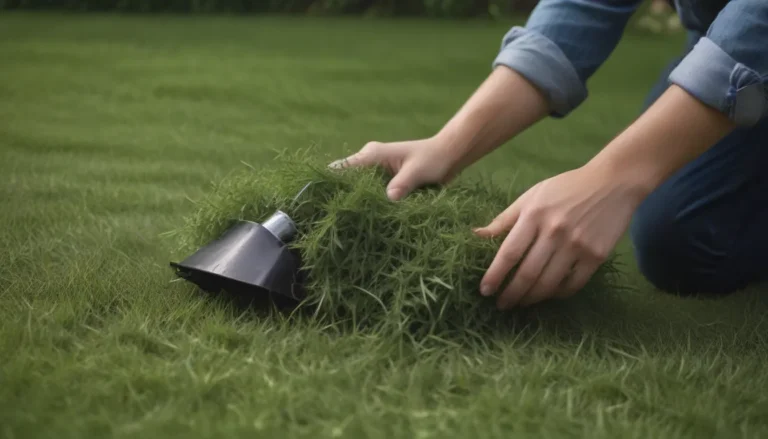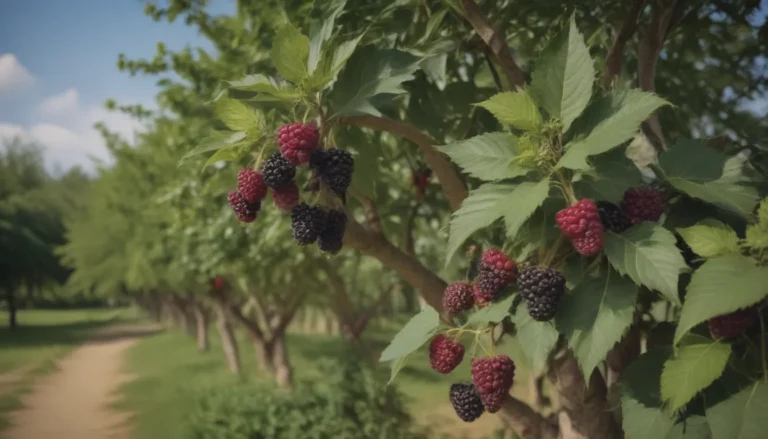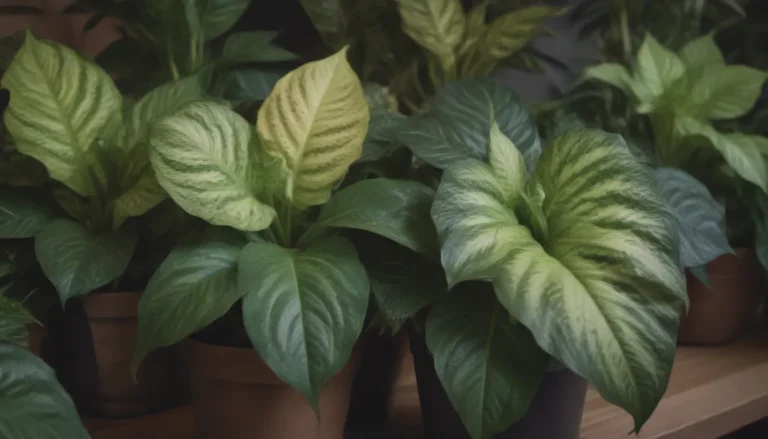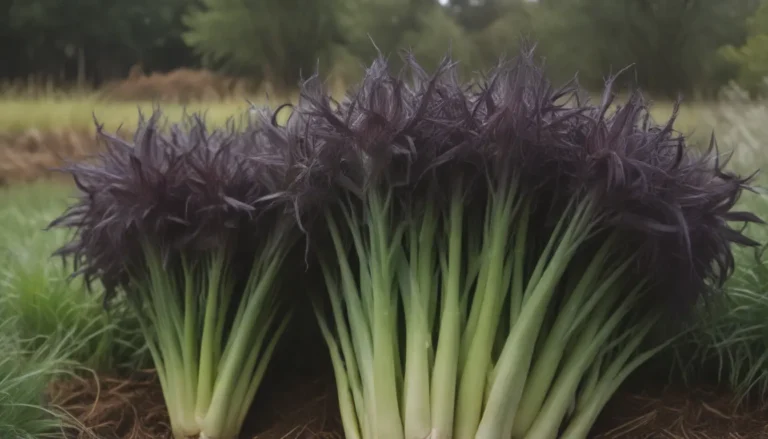Everything You Need to Know About Heliconia Rostrata
Are you looking to add a touch of the exotic to your garden or landscape? Look no further than the showy and ornamental Heliconia rostrata. This stunning plant features tall stems with lush, dark green, paddle-shaped foliage topped with bright red flowering bracts that droop elegantly. The small, hanging yellow flower clusters add to the beauty of this plant, making it a showstopper in any garden.
What Makes Heliconia Rostrata Special?
The dramatic formation of the bracts on the Heliconia rostrata is where it gets some of its common names—the false bird of paradise and lobster claw. This unique plant is sure to make a statement in your outdoor space. While typically grown in the sultry southern states or greenhouses, it is possible to grow Heliconia rostrata indoors with the right conditions.
Benefits of Growing Heliconia Rostrata:
- Adds an exotic flair to your garden
- Attracts hummingbirds and other pollinators
- Provides a long bloom season
- Creates a sheltered habitat for wildlife
Heliconia Rostrata Care Guide
Taking care of your Heliconia rostrata is essential to ensure it thrives and produces its stunning blooms. Here are some key care requirements to keep in mind:
Light
Lobster claw plants do well in partial shade, but they can also tolerate full sun, especially in less intense heat. Providing adequate sunlight can help promote more blooms on your Heliconia rostrata.
Soil
Fertile, well-drained, and moist soil is crucial for the health of your Heliconia rostrata. Adding compost or organic matter to sandy soil can provide the necessary nutrients. This species prefers an acidic or neutral soil, as pH levels above 6.5 can lead to iron deficiencies.
Water
Heliconia rostrata is not drought-tolerant and requires regular watering, especially during hot and dry periods. Keep the soil consistently moist (but not soggy) to ensure the plant’s health. Reduce watering frequency in the winter months.
Temperature and Humidity
While Heliconia rostrata thrives in hot and humid environments, it can tolerate cooler temperatures compared to some other heliconia species. Protect the plant from prolonged freezes and strong winds, as well as coastal locations due to salt intolerance.
Fertilizer
This fast-growing species benefits from regular feeding during the growing season. Use a high-quality, slow-release fertilizer to promote healthy growth and prolific blooms. Consider supplementing with liquid fertilizer in the summer for an extra boost.
Propagating and Potting Heliconia Rostrata
Heliconia rostrata can be propagated through division of its rhizomes, making it an easy plant to propagate in the spring. When potting or repotting this species, choose a wide and sturdy container to accommodate its spreading rhizomes and tall stems. Regular division and repotting are necessary to prevent overcrowding and promote healthy growth.
Encouraging Bloom in Heliconia Rostrata
While the tall stems and foliage of Heliconia rostrata add a tropical vibe to any landscape, the blooms are what truly make this plant shine. To encourage blooming, ensure warmth, humidity, and proper care, as these factors are essential for healthy flowering. Trimming back flowering stems after the bloom season can promote more blooms the following year.
Tips for Blooming Heliconia Rostrata:
- Plant in warm, humid environments
- Keep consistently moist and well-fed during the growing season
- Cut back flowering stems after blooming season
Dealing with Pests and Common Problems
Heliconia rostrata is relatively low-maintenance but may face pest and disease issues like spider mites, thrips, and mealybugs in the summer months. Monitor your plant for signs of infestation and take action promptly to prevent serious damage.
Common Problems and Solutions:
- Tattered leaves: Transplant to a sheltered spot to avoid wind damage
- Yellowing leaves: Check for iron deficiencies in alkaline soil or adjust watering practices
- Browning leaves: Avoid direct sunlight and ensure proper watering to prevent leaf scorching
Where to Grow Heliconia Rostrata
Ideal for USDA hardiness zones 8 to 11, Heliconia rostrata thrives in warm, tropical climates. While best grown outdoors in the southern states, they can also be cultivated in greenhouses or as annuals in regions with warm summers and cold winters. Indoor cultivation is possible but requires ample space, light, and humidity to thrive.
In conclusion, Heliconia rostrata is a stunning and unique addition to any garden or landscape. By providing the right care, conditions, and attention, you can enjoy the vibrant blooms and lush foliage of this exotic plant for years to come. Whether you’re a seasoned gardener or a novice plant enthusiast, adding Heliconia rostrata to your collection is sure to bring a touch of the tropics right to your doorstep. So don’t wait—start growing your very own Heliconia rostrata today and transform your outdoor space into a tropical paradise!





